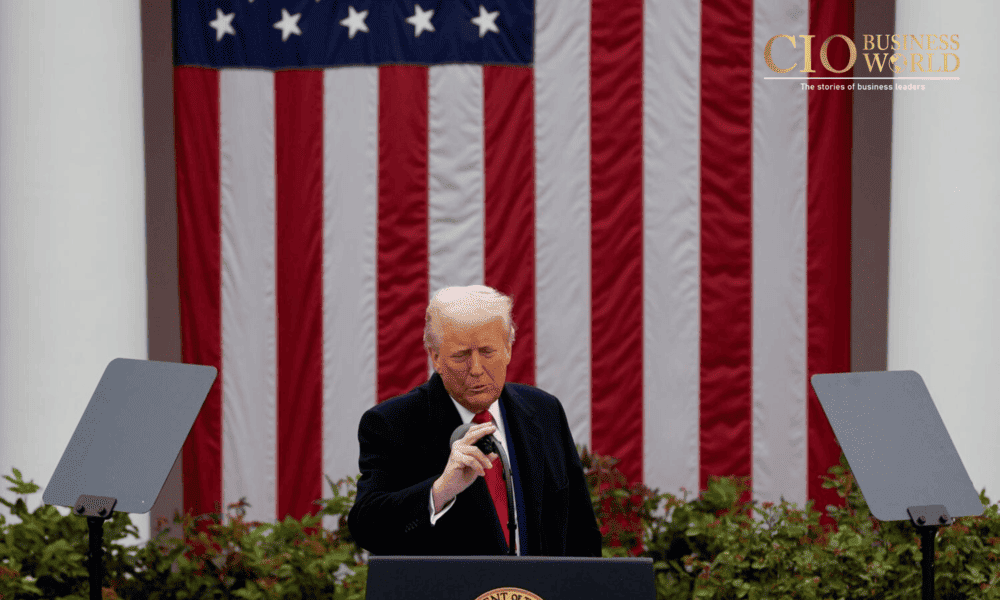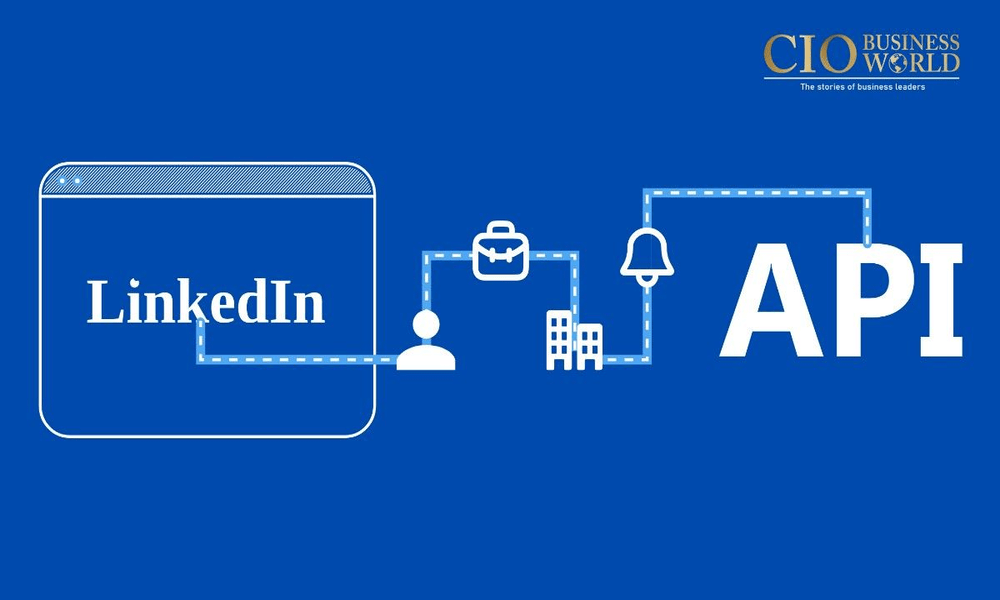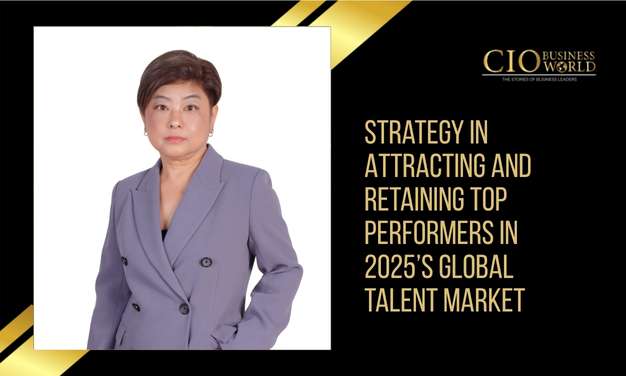Former U.S. President Donald Trump has once again put immigration at the center of the spotlight, signing a fresh executive order that introduces a hefty $100,000 fee for skilled worker visa applicants. Holding the signed order high before reporters inside the Oval Office, Trump underscored his administration’s stance on tightening immigration policies while claiming the measure is designed to protect American jobs.
This dramatic fee hike is expected to ripple across industries and affect thousands of aspiring workers and students globally, particularly from India, where many graduates seek opportunities in the U.S.
Add Fee in Worker Visa Applicants – Impact on Global Talent
The new executive order places a direct financial barrier on applicants pursuing U.S. work opportunities under skilled visa categories. By setting the fee at such an extraordinary amount, the administration is signaling a decisive shift in immigration priorities. According to policy analysts, this could make the U.S. less attractive to top global talent, forcing skilled professionals to look toward other destinations like Canada, the U.K., and Australia.
Indian students and young professionals, who constitute one of the largest groups of U.S. visa applicants, may feel the brunt of this policy change. For many families, the added financial burden could make pursuing a U.S. education or job placement nearly impossible.
Economists suggest the move could have unintended consequences for the American economy itself. U.S. tech giants and multinational corporations heavily rely on skilled foreign workers to fill critical roles in science, technology, engineering, and mathematics (STEM). If fewer workers apply due to the steep cost, the U.S. could face talent shortages in areas where demand already outweighs domestic supply.
Legal experts also highlight the potential for mounting challenges against the executive order. Immigration attorneys argue that imposing such a disproportionate fee may violate principles of fair access and could invite lawsuits from advocacy groups or corporations reliant on global hiring.
For Indian students planning to transition from study visas to work permits, the shock is particularly severe. Many already face high tuition fees, living expenses, and existing visa costs. Now, the additional $100,000 charge could discourage highly qualified candidates from even considering the U.S. as a career destination.
On the political front, Trump’s decision reflects his continued efforts to rally support among voters who favor stronger immigration control. By framing the executive order as a job-protection measure, he is appealing to the domestic workforce, despite the long-term economic risks such a policy could create.
Global observers are closely monitoring the fallout of this executive action. While the immediate effect may be fewer visa filings, the broader outcome could be a reshaping of migration flows, with more skilled talent redirecting to other countries offering friendlier policies.















